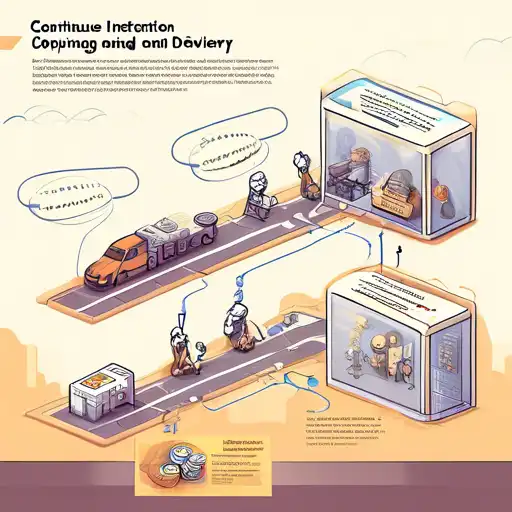What is Continuous Integration and Delivery?
Continuous Integration (CI) and Continuous Delivery (CD) are pivotal practices in the modern software development lifecycle, aimed at improving software quality and accelerating the delivery process. CI/CD automates the integration of code changes from multiple contributors into a single software project, ensuring that the software can be reliably released at any time.
The Benefits of CI/CD
Implementing CI/CD brings numerous benefits to software development teams, including:
- Reduced integration problems
- Faster release cycles
- Higher quality software
- Improved team productivity
How CI/CD Works
CI/CD pipelines automate the steps in software delivery, such as initiating code builds, running automated tests, and deploying to a production environment. Tools like Jenkins, Travis CI, and GitLab CI play a crucial role in setting up these pipelines.
Best Practices for CI/CD
To maximize the effectiveness of CI/CD, teams should adhere to the following best practices:
- Maintain a single source repository
- Automate the build process
- Make the build self-testing
- Ensure every commit is built on an integration machine
- Keep the build fast
- Test in a clone of the production environment
- Make it easy to get the latest deliverables
- Everyone can see the results of the latest build
Challenges in Implementing CI/CD
While CI/CD offers significant advantages, teams may face challenges such as cultural resistance, toolchain complexity, and the need for comprehensive test coverage. Overcoming these challenges requires commitment, training, and sometimes, a shift in organizational culture.
Conclusion
Continuous Integration and Delivery are essential practices for teams aiming to deliver high-quality software rapidly and efficiently. By automating the integration and delivery processes, teams can focus more on development and less on the logistics of software releases. For more insights into DevOps practices, explore our latest trends in DevOps article.
